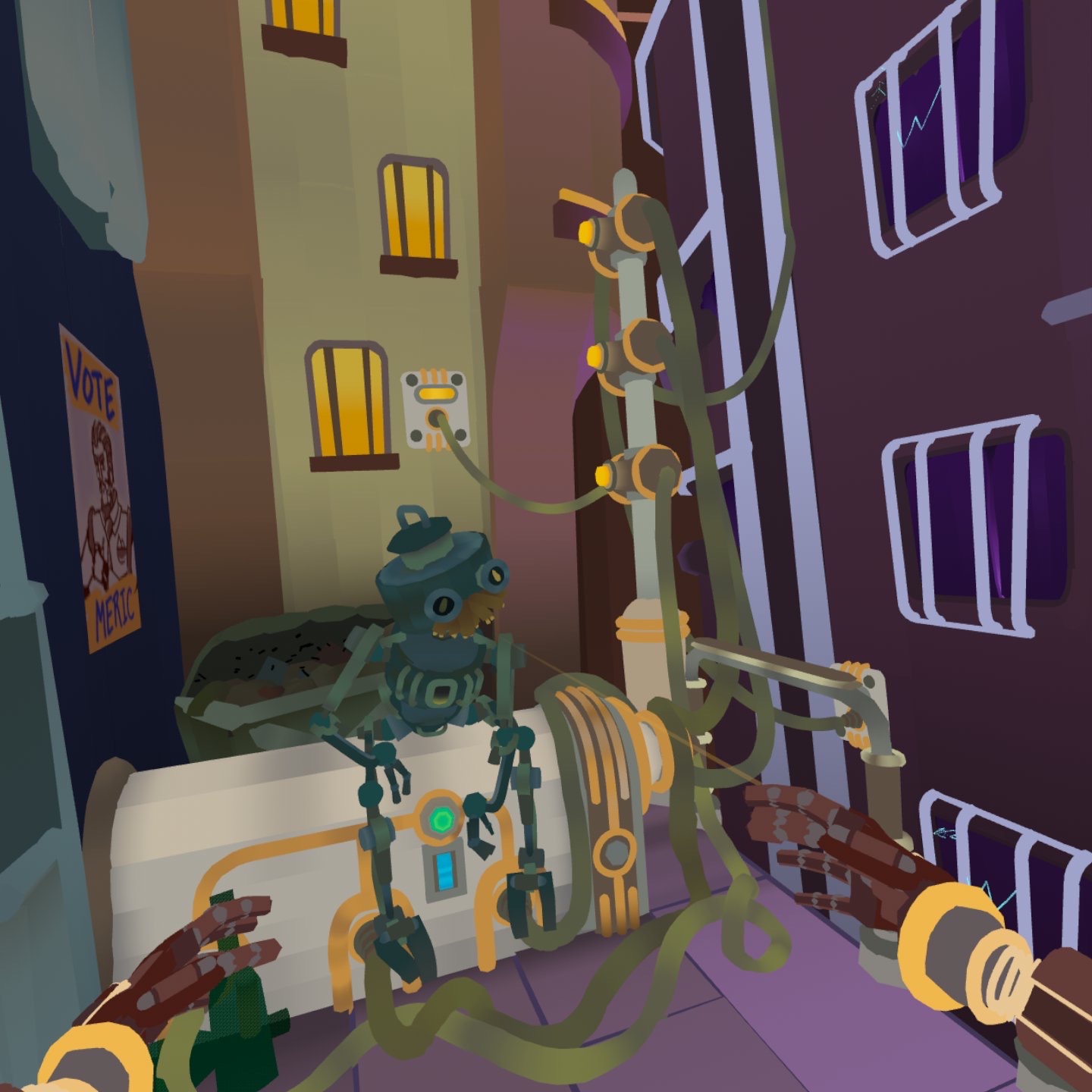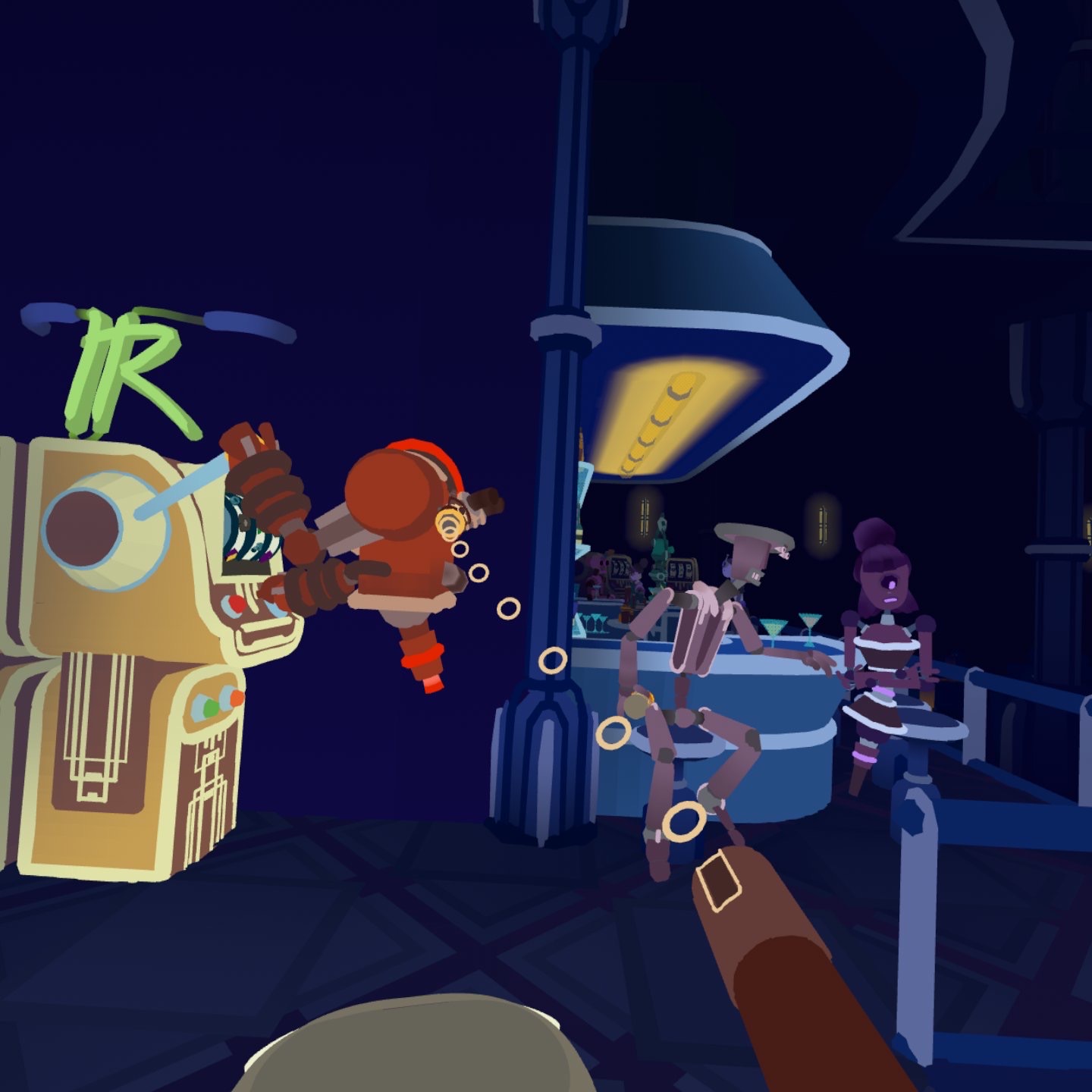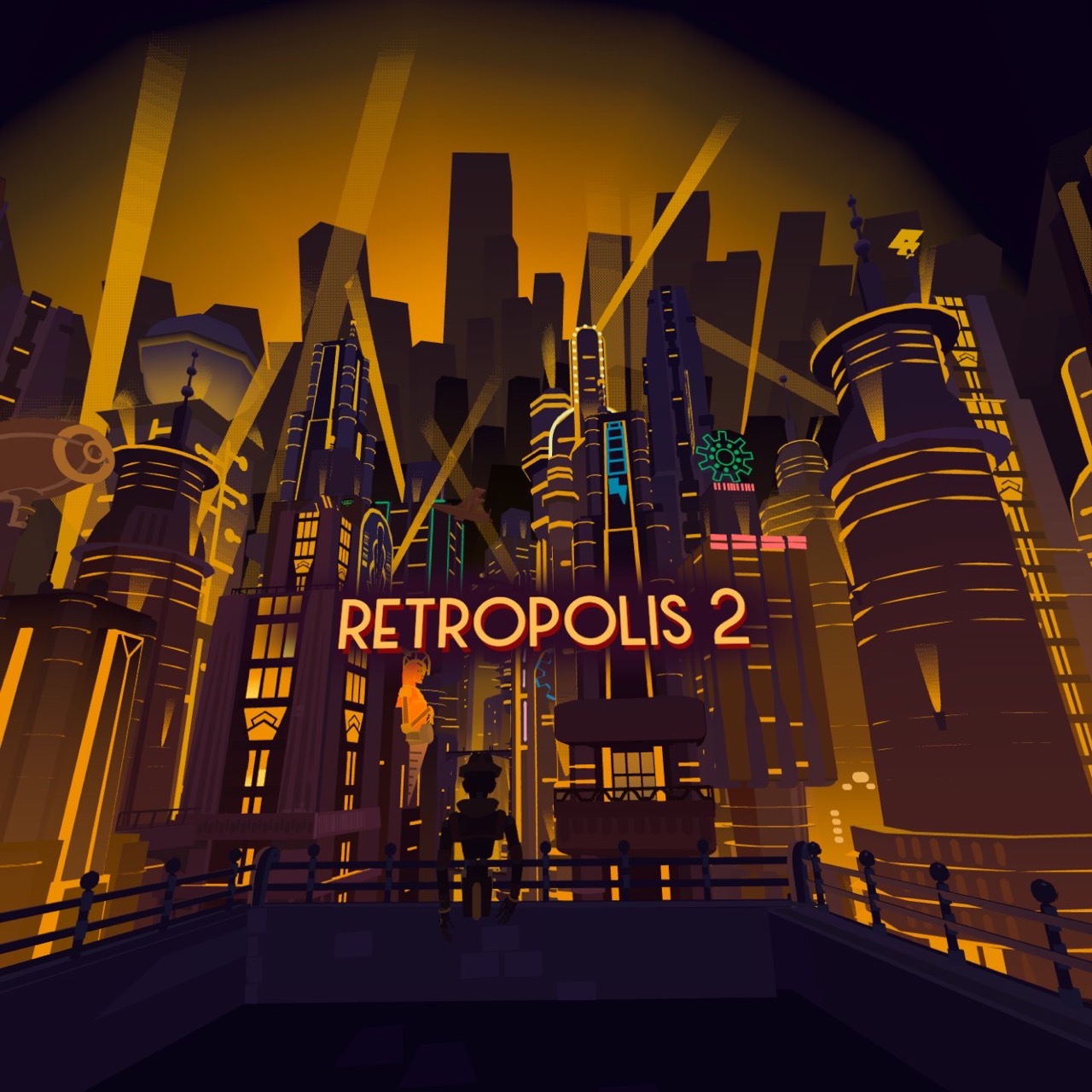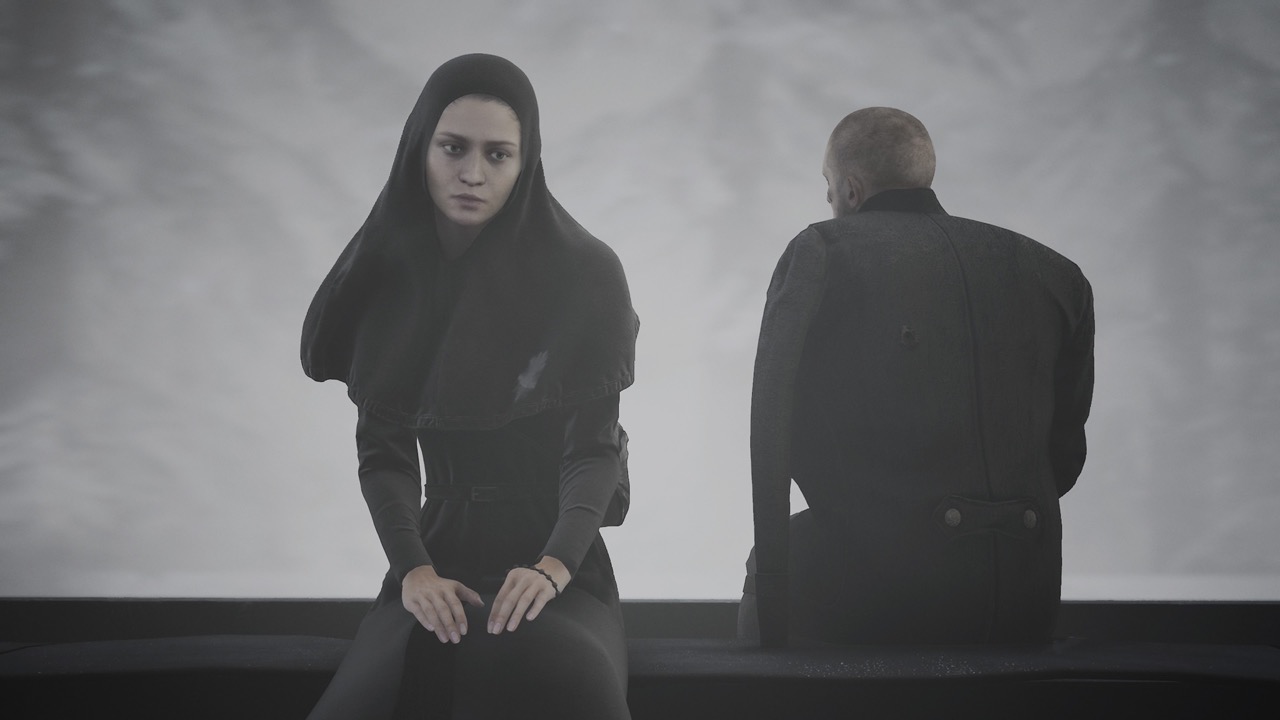Bringing the style and spirit of classic noir-inspired adventures to virtual reality, it hits the right balance of engrossing narrative, likable characters, and just challenging enough puzzles
Reviewing the first game in a series when you initially played and reviewed the second game is always kinda weird as the sequel usually is better than the original game. It is always bigger and better not only in terms of story and gameplay, but also its presentation. But at the same time, it is super interesting to go back and see how it all started. I absolutely loved Retropolis 2: Never Say Goodbye, which I reviewed like yesterday, so safe to say I was looking forward to play the original game.
I was not disappointed. Although all of the things I mentioned like bigger story and better presentation in the second game still remain true, The Secret of Retropolis is still an excellent albeit fairly short puzzle game.

You assume the role of Philip Log, a down-on-his-luck private detective, trying uncover conspiracies and secrets in the robot city of Retropolis. This is a futuristic city inhabited solely by robots after humans have disappeared. The robots were programmed by humans to continue running the city and preserve what's left of human culture. However, over time the robots have become apathetic, greedy, and corrupt. As a former police detective, Philip now runs a small private investigation agency, hoping to one day uncover who was behind the mysterious death of his partner.
The story begins as Philip receives an urgent visit from Jenny Montage, a famous actress in the city. Her precious Sapphire Nucleus has been stolen by her abusive husband Senator Meric. The Sapphire powers Jenny and without it returned within 24 hours, she will permanently shut down. Philip accepts the case, beginning a multi-layered mystery involving corruption at the highest levels of power in Retropolis.

You interact with the story and characters through entertaining first-person puzzle solving and dialogue choices. Philip serves as the player's guide, providing humorous commentary on interactions and occasional hints. The plot, while not complex, effectively captures the film noir tone through its shadowy settings and intriguing cast of characters.
Voice acting across the board is well-executed but Jenny and Philip especially come to life, selling their roles with wit and emotion. Side characters while fewer lines still feel distinct. The script keeps story and dialog punchy without dragging. Resolution of numerous plot threads leads to one of two dramatically different endings based on dialogue choices, laying the groundwork for its eventual sequel.

Gameplay takes place across distinct puzzle-filled locations from Philip's office and a seedy hotel to an high-class nightclub. Puzzles involve examining surroundings for clues, combining inventory items, and conversing with NPCs. Puzzle difficulty increases steadily but it never becomes frustrately challenging or anything like that. Clues are often provided through Philip's observational dialog or reminder messages on his floating briefcase that serves as the inventory where you store the many different items you find to be used in your puzzle solving shenanigans. The puzzles in this game are smaller and mostly confined in one small room/location in contrast to the multi-room multi-step puzzles of the sequel.
Between locations, beautifully animated cutscenes play of Philip driving his stylish flying car through the neon-lit Retropolis. His smooth narration advances the plot and deepens the vivid noir atmosphere. Subtle jazz melodies and ambient noise further enhance each locale whether you are in the detective agency or in the nightclub. If we compare the two games, while they have the same artstyle and vibe, the sequel looks much better with way more details and proper shading in the characters and environments which, again, is totally expected from a sequel. Still it was really fun for me to see the origins of this gorgeous artstyle.

At around 1-2 hours in length, The Secret of Retropolis may be short but never outstays its welcome. Bringing the style and spirit of classic noir-inspired adventures to virtual reality, it hits the right balance of engrossing narrative, likable characters, and just challenging enough puzzles. I do recommend this game and if you plan on getting the sequel, Retropolis 2: Never Say Goodbye, then you definitely need to play this first. Thanks for reading!
The game was reviewed on a Quest 3 via a promo copy provided by the developers. The Secret of Retropolis is available on Meta Quest and PCVR.





